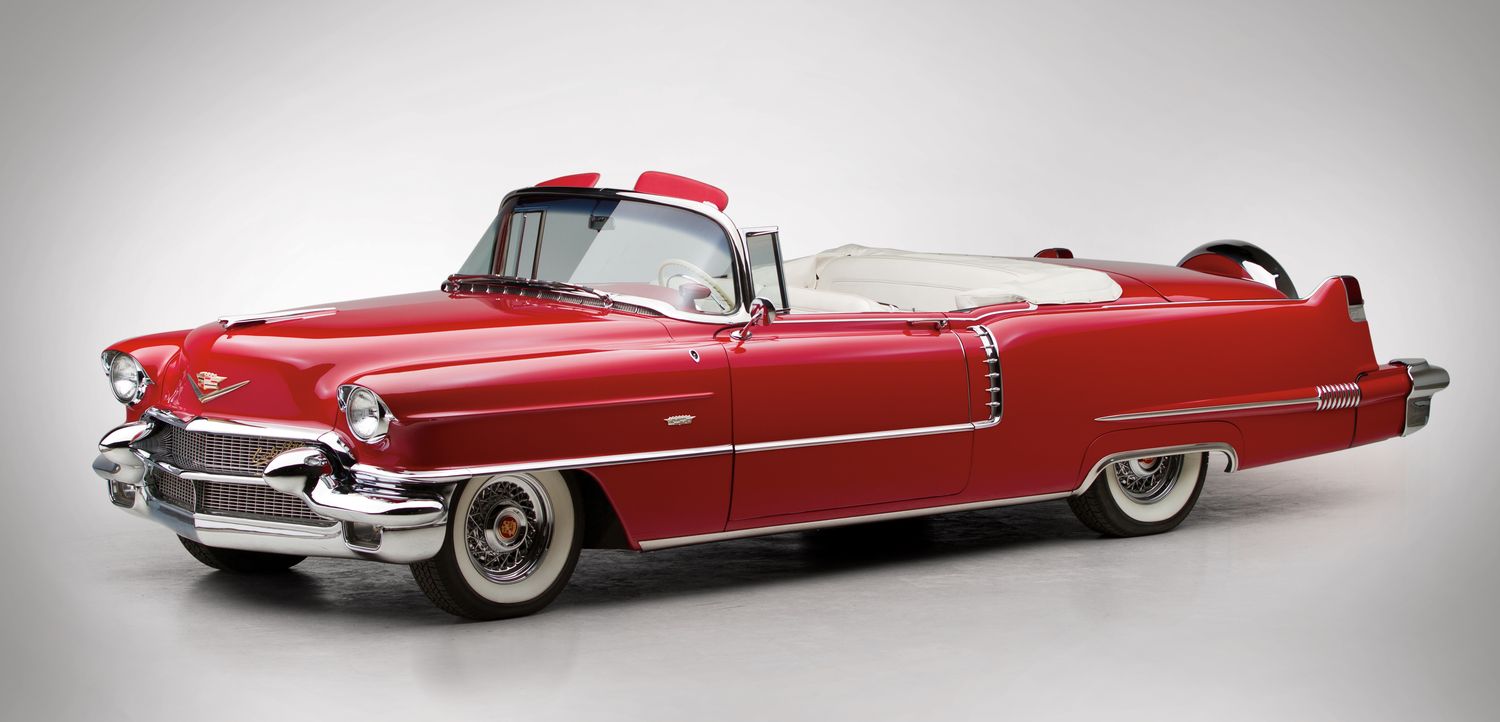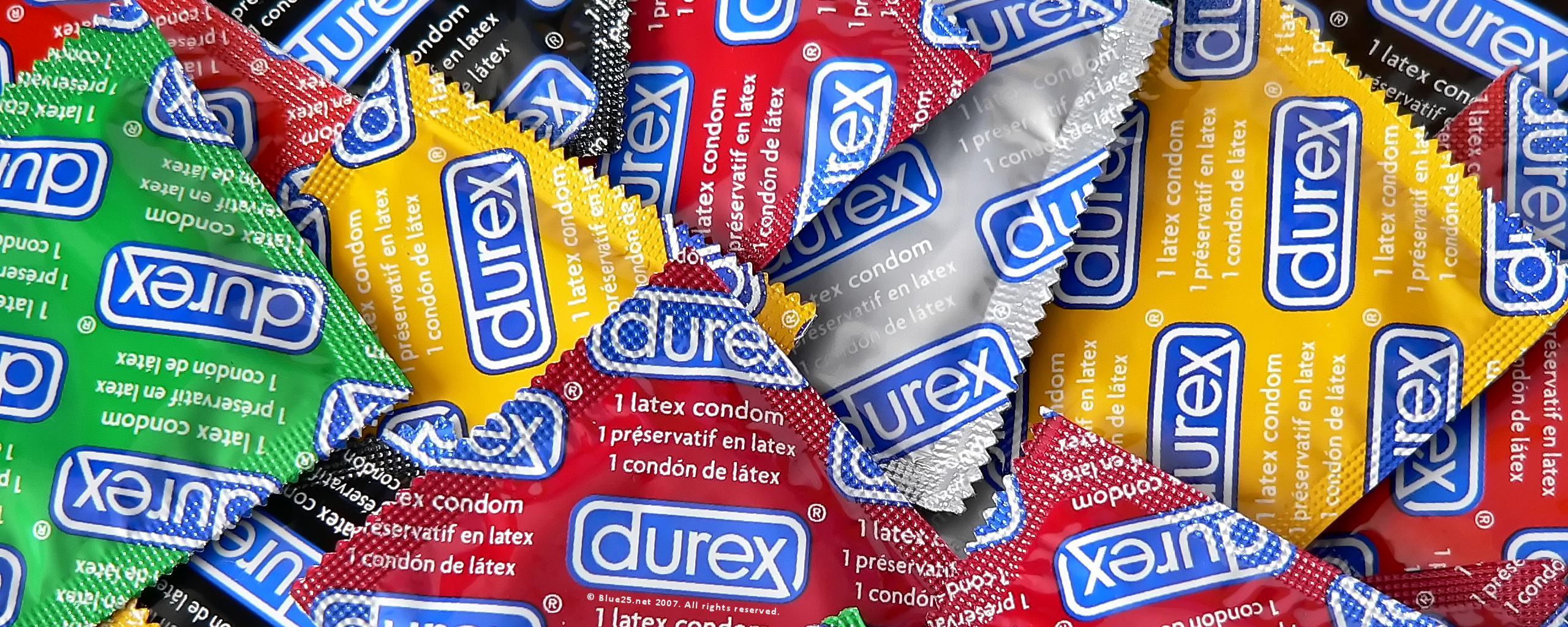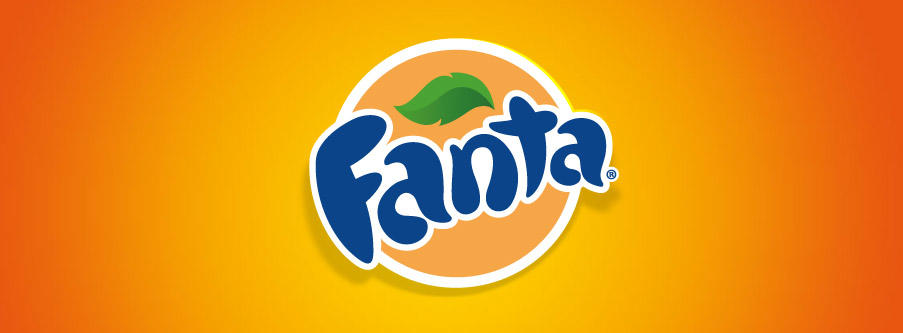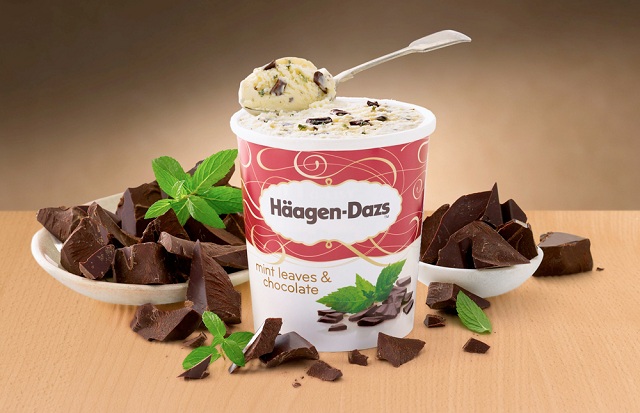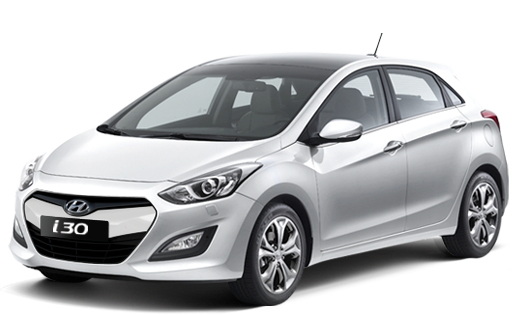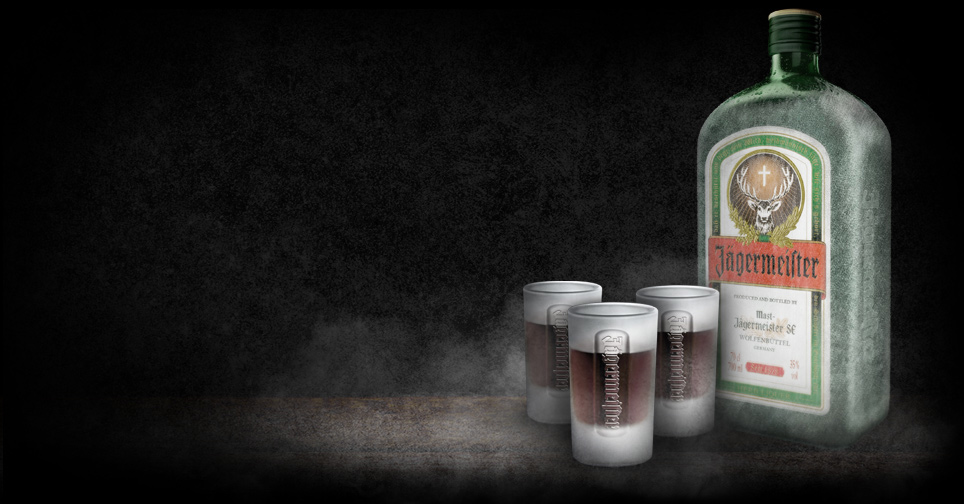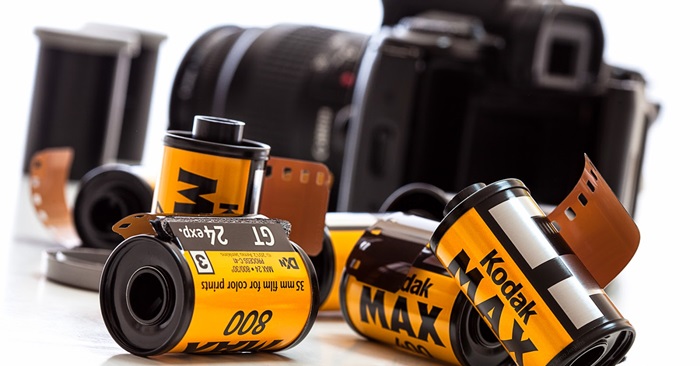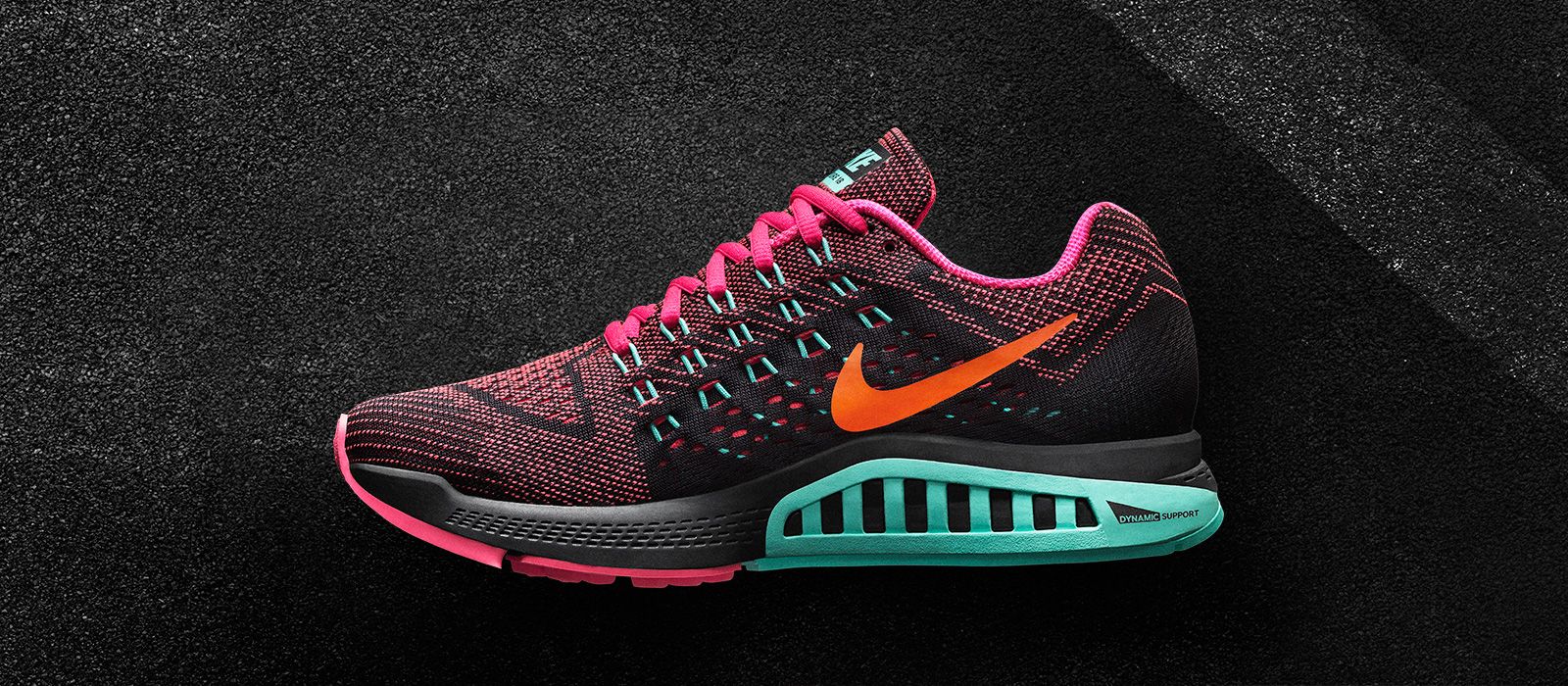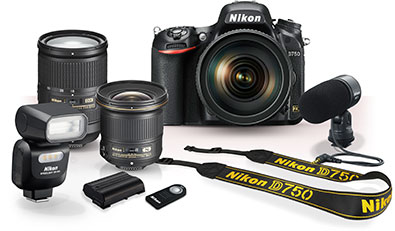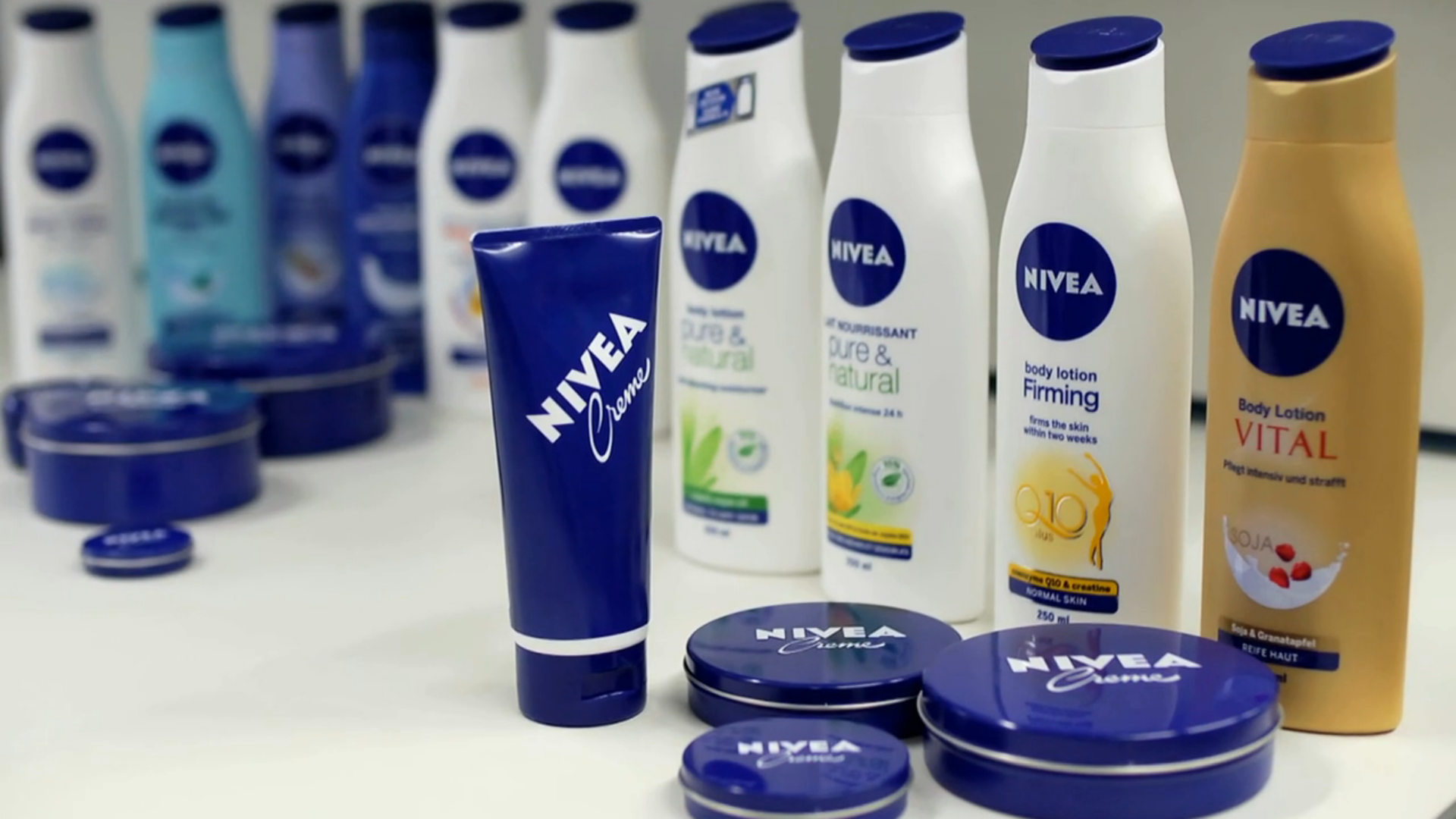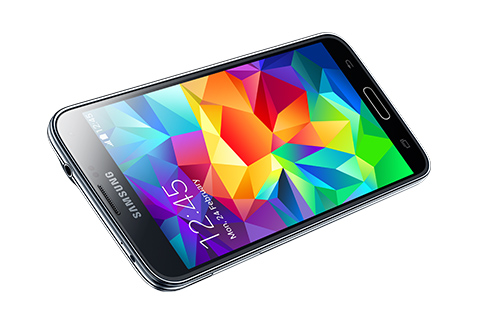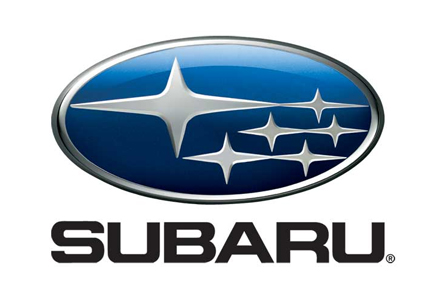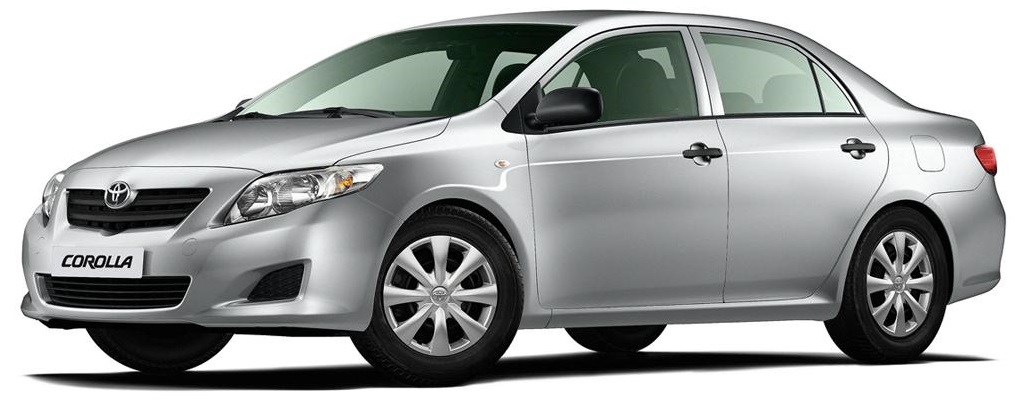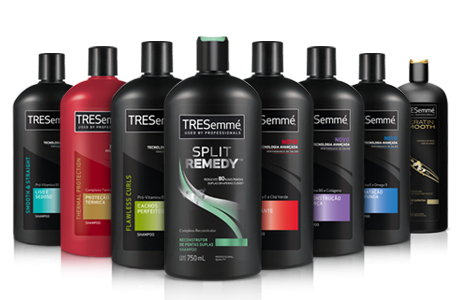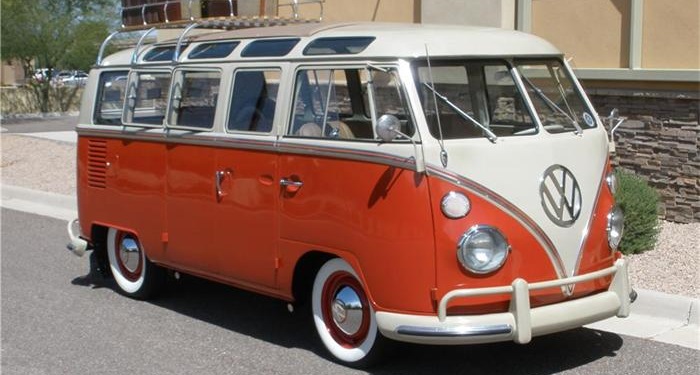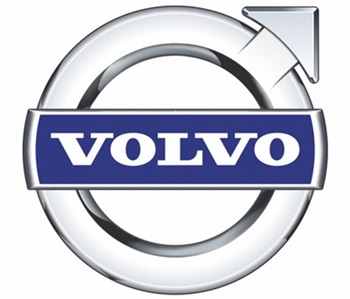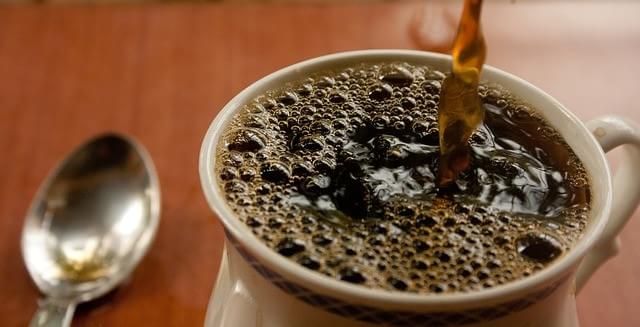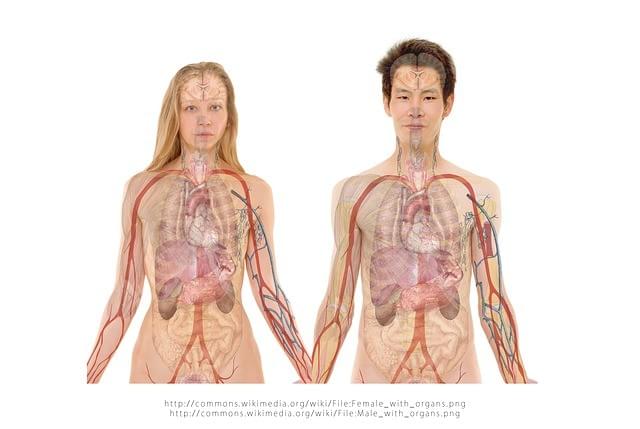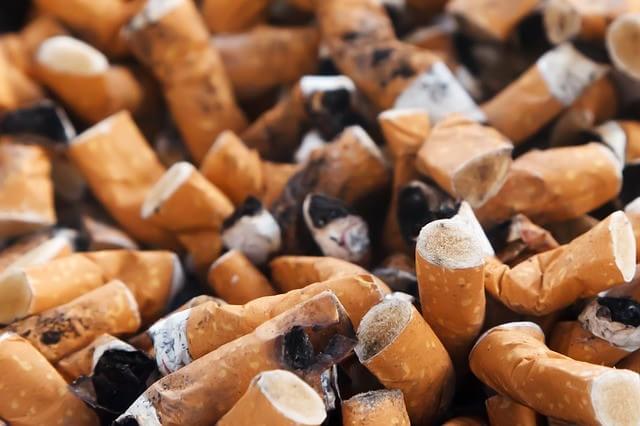Algumas marcas têm nomes que explicam a origem ou os valores da instituição de maneira bem óbvia, enquanto em outros casos é preciso entender sobre curiosidades históricas ou mitologia para o nome fazer algum sentido.Nós já falamos aqui antes sobre a origem do nome de algumas marcas famosas. Abaixo você pode conferir mais algumas empresas que têm nomes com um significado bem interessante ou, no mínimo, curioso. Cadillac
A Cadillac é uma divisão da General Motors especializada em carros de luxo. O nome é uma homenagem ao explorador francês Antoine de la Mothe Cadillac, o fundador da cidade de Detroit, em Michigan, nos Estados Unidos. Durex
A fabricante de preservativos que chegou recentemente ao Brasil tem origem britânica, e o nome deriva de “DUrable Reliable EXcelence”, ou excelência em durabilidade confiável. Etsy
O fundador do site estava assistindo a filmes italianos e acabou interpretando errado quando ouviu “eh, si” (ah, sim) como “etsi”. Ele achou a palavra bonita, modificou um pouquinho e acabou usando. Fanta
Durante uma reunião na sede alemã da Coca-Cola para decidir o nome do novo produto, o chefe da equipe pediu para que os funcionários usassem sua “fantasie”, que significa imaginação em alemão. Os funcionários não foram tão criativos assim quando sugeriram “Fanta”, mas o nome pegou. Häagen-Dazs
A marca americana de sorvete é o caso de uma história bem contada com o intuito de deixar os sorvetes com uma cara mais premium por dar a ilusão de serem de origem estrangeira. O nome não significa nada, mas foi inventado para soar dinamarquês. Curiosamente, não se usa trema em palavras que são originalmente da Dinamarca. Hyundai
Traduzindo literalmente do coreano, a palavra significa “modernidade”. A empresa foi fundada em 1947, mas a divisão responsável pela produção de carros só começou em 1967. Jägermeister
A garrafa dessa bebida traz poemas por um caçador e até referências aos santos patronos dos caçadores, São Humberto e São Eustáquio. Isso porque Jägermeister em alemão quer dizer “mestre dos caçadores”. Kodak
Em busca de uma palavra sem significado, curto, fácil de escrever e de pronunciar, o fundador da Kodak, George Eastman, inventou esse nome. Ele também gostava muito da letra K. Nike
O nome veio da deusa grega que era a personificação da vitória. Bem inspirador para os atletas, que são o foco da marca. Nikon
Fundada inicialmente como Nippon Kogaru Kogyo, foi rebatizada apenas para uma forma mais abreviada em 1988: Nikon Corporation. O nome originalmente significava algo como “indústria de lentes ópticas japonesas”. Nivea
Em latim, Niveus significa “branca de neve”. As letras em branco contrastando com um fundo azul conseguem refletir bem isso. Pantene
O principal ingrediente dos produtos da Pantene é a pro-vitamina B5, pantenol, então a empresa suíça decidiu destacar isso para se diferenciar no mercado, e o nome do ingrediente acabou virando a marca.
Em inglês, “read it” significa “leia isso”, e a pronúncia é quase idêntica ao nome do site. Bem óbvio para um fórum voltado para textos e discussões entre os usuários. Samsung
A empresa de origem coreana tem um nome que pode ser traduzido literalmente como “três” (sam) e “estrelas” (sung). Porém, os ideogramas usados para escrever a palavra também podem significar respectivamente “grande, numeroso e poderoso” e “eterno”. Subaru
Na mitologia grega, a constelação das “sete irmãs” eram as sete filhas de Atlas, o titã da astronomia e da navegação. Em japonês, esse agrupamento de estrelas é conhecido como “subaru”. Toyota
Inicialmente o nome era Toyoda, em homenagem ao seu fundador, Kiichiro Toyoda. A mudança ocorreu em 1937 porque Toyoda significa “campos férteis de arroz” e não combina nada com uma fabricante de carros. Tresemmé
Em francês, a frase “très-aimé” quer dizer “muito amado”. A grafia levemente diferente foi para fazer uma homenagem a uma especialista em cuidados capilares chamada Edna Emmé. Venus
Ramificação da Gillette voltada para mulheres, o nome Venus é inspirado pela deusa romana do amor, sexo e fertilidade. Volkswagen
A empresa surgiu como uma alternativa popular em um período em que carros eram acessíveis apenas para os ricos. O nome significa “carro do povo” e é bem condizente com a proposta inicial da empresa. Volvo
Em sua origem no latim, a palavra significa literalmente “eu rodo”, conjugado do verbo “volvere”. O nome foi registrado em 1911 para ser usado em uma linha de rolamentos automotivos. |
